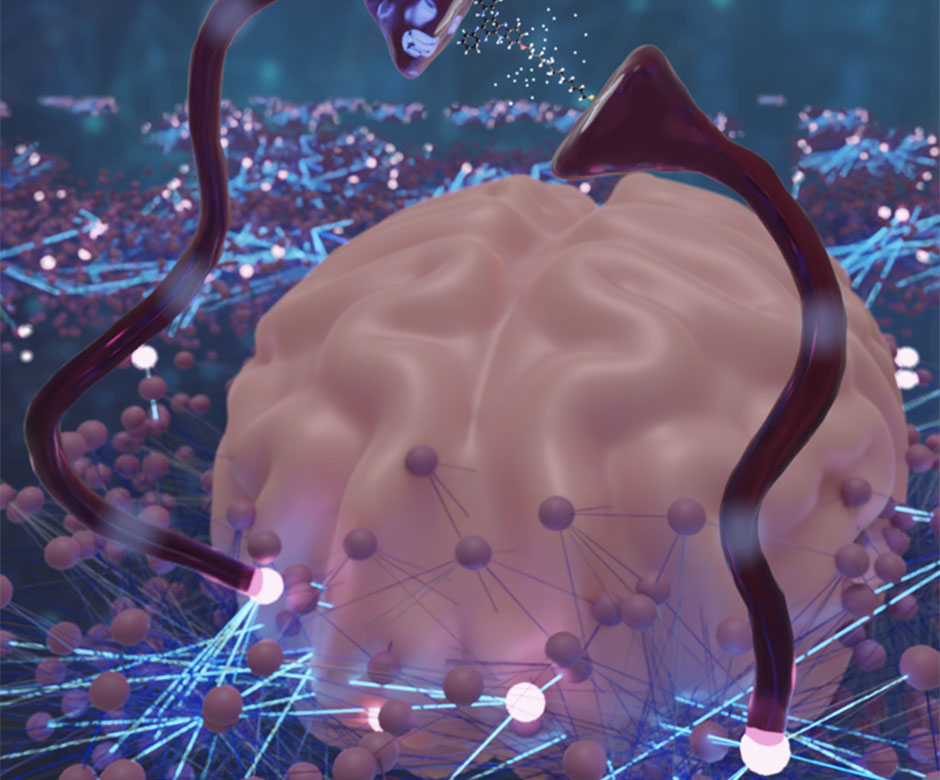ENGINEERINGNET.BE – Computers, data centers and other electronic devices consume huge amounts of energy. Huge wind farms are needed to meet that energy demand. But according to Prof. Dr. Christian Nijhuis, we can also focus our attention on making electronics more efficient.
“Our brains are the most efficient computers we know. They use ten thousand times less energy than the most efficient computers,” says Nijhuis.
This is because our brains process data in a very different way. Where computers process binary information streams – with zeros and ones – our brains work in a similar way by means of time-dependent impulses.
“Our brains process information from millions of nerve cells from all of our senses. Unlike traditional electronics, they only use brain cells and the synapses through which impulses pass,” says Nijhuis.
Since energy is only consumed during a pulse, our brain can process a lot of data at once much more efficiently.
The molecules developed by Nijhuis and his team can execute all the Boolean logic gates needed for deep learning. Researchers are making great strides in AI software, but now these molecules are also bringing AI hardware closer.
To mimic the dynamic behavior of synapses at the molecular level, the researchers combined rapid electron transfer with slow diffusion-limited proton coupling. This resembles the rapid impulses and slow uptake of neurotransmitters by neurons in the brain.
Molecules can regulate the strength and duration of pulses. In doing so, they exhibit a form of classical conditioning. Molecules adapt their behavior to the stimuli they have previously received. In the future, such molecules could also respond to other stimuli, such as light.
This innovation makes it possible to develop a new range of adaptable and reconfigurable systems. These in turn can lead to new multifunctional adaptive systems that simplify artificial neural networks.
Nijhuis: “This drastically reduces the power consumption of electronics.” Multifunctional molecules that are also sensitive to light or can detect other molecules can lead to new types of neural networks or sensors.
This research was conducted in collaboration with the Science Foundation Ireland Research Center for Pharmaceuticals at the University of Limerick and the University of Central Florida.


